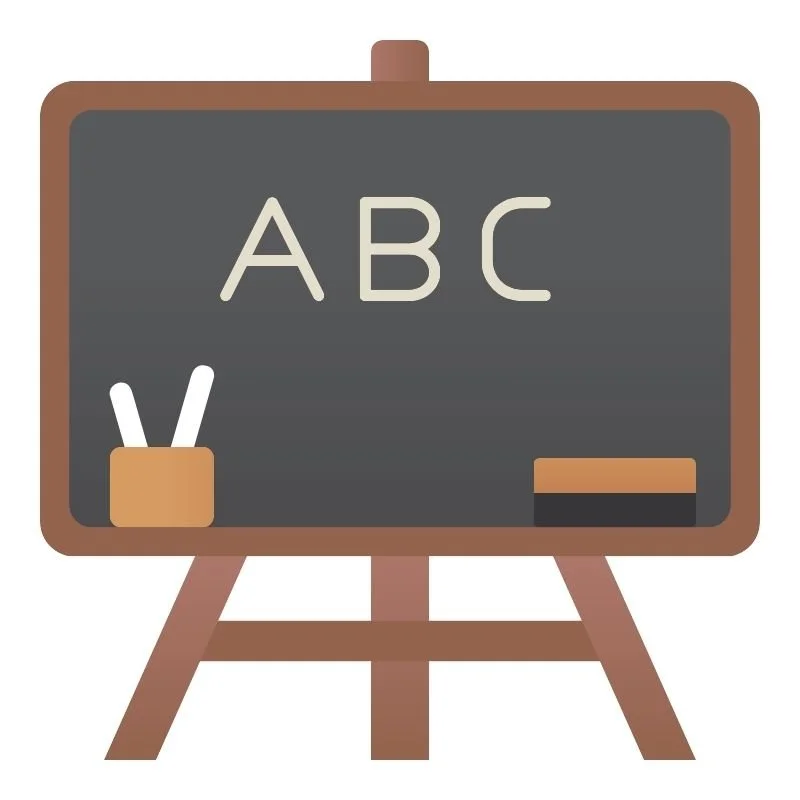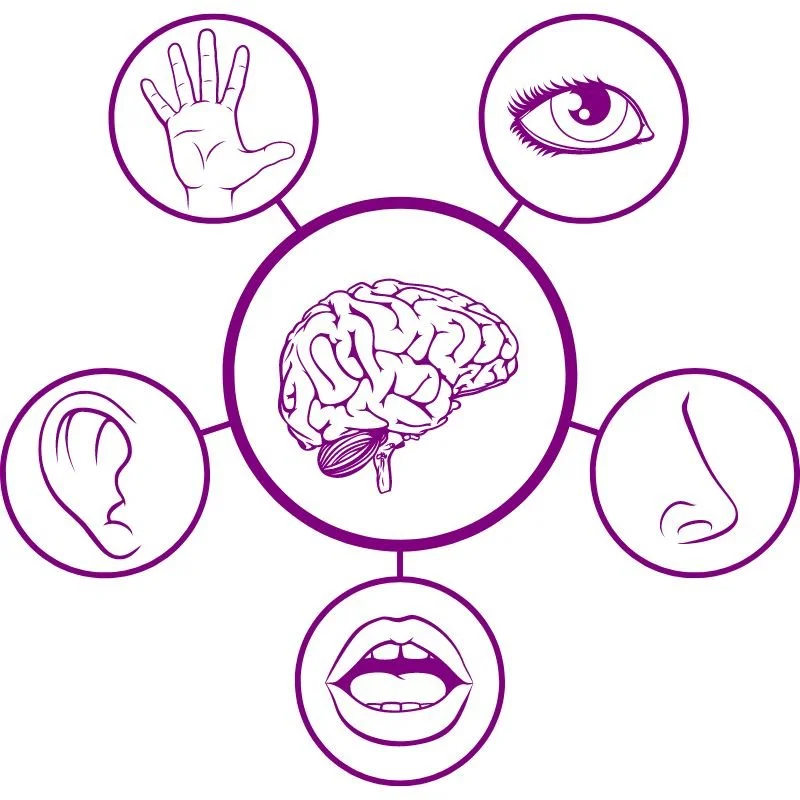Do Yoga Students Really Have Different Learning Styles – Visual, Auditory & Kinesthetic?
This blog post was first sent to Jenni’s email list as an email newsletter. Sign up for the JRY email newsletter here!
Is It True That There Are Three Types of Learners: Visual, Auditory, & Kinesthetic?
This belief is extremely widespread – both in our society in general, and in content in many yoga teacher trainings!
For example, I've been taught in multiple yoga teacher trainings that because people learn differently, we should "cater to all learning styles" when teaching yoga by making sure to include visual, verbal, and kinesthetic cues in our yoga teaching.
As it turns out, though, while the idea of different learning styles has intuitive appeal, this notion is actually a neuromyth! 😱
Yes, it's true! We can file the "three types of learners" myth right alongside these other common neuromyths that I'm sure you've heard before:
People are either left- or right-brained – MYTH! (Geake 2008)
We only use 10% of our brain – MYTH! (Geake 2008)
Our brain consists of three layers: a “lizard brain”, “emotional brain”, and “rational brain” – MYTH! (Cesario et al. 2020)
(You knew that last one was a myth, right?? 😉 If not, you can get up to speed on the myth of the triune brain here!)
The idea that there are three types of learners certainly has intuitive appeal.
It just seems to make sense that we'd each have a specific mode of information processing that's optimal for us — either visual, auditory, or kinesthetic. Right??
Well, the first question we might ask about this is: Why only 3 styles?
What about our other senses, such as olfaction (smell), tactile (touch), etc.? Don't we take input in through these sensory systems as well, and couldn't learning happen through them, too? 🤔
A second key question is this: Do we ever engage just one sense in isolation?
Or do our experiences always incorporate multiple senses in an integrated manner?
The answer is the latter.
Our brain processes all incoming sensory input in an interconnected way. Our perceptions always involve the integration of many senses at once.
Just think about eating a meal. Although we tend to think of our experience of food as only having to do with taste, eating is actually influenced by ALL of these inputs simultaneously:
Taste
Smell
Sight (what the food looks like)
Sound (e.g., crunching)
Touch (how the food feels in your mouth)
Past experience (what this food tasted like before)
Expectations (what we predict the food will taste like)
And more!
The main point is that we never experience any of our senses in an isolated manner. Our perceptions of our body and the world are always multimodal.
This means that labels such as "visual," "auditory," or "kinesthetic learners" are simply inaccurate and incomplete. (And they may even create unhelpful self-fulfilling prophecies!)
Bottom line: We always learn in all ways.
Now it's certainly true that people have learning preferences.
We might prefer to learn via the medium of a slideshow (visual) or a podcast (auditory).
But that doesn't mean that we do learn better this way.
In fact, an abundance of research has shown that when teaching modes are individualized to learners' preferred learning styles, there are NO improvements in learning outcomes. (Kirschner 2017)
Catering teaching styles to learning preferences simply doesn't work!
Does this mean that teaching yoga with a mix of all three types of cues in order to cater to all types of learners is not a good idea?
Not so fast... It IS actually wise to teach in a multimodal manner – but not because of learning styles.
Rather, multimodal pedagogies are simply shown by research to be effective – probably because our brain learns in an integrated manner! (Geake 2008)
Update Your Knowledge of the Brain to Enhance Your Yoga Teaching!
Learn the essential insights yoga teachers should know about how our brain works – and how this knowledge impacts our yoga practice and teaching – in my continuing education course Welcome to Your Brain: New Nervous System Essentials for Yogis!
This 4-hour course counts as CE hours with Yoga Alliance, and you can take it for free with the 7-day trial on my site! 🤓 🧠
References:
Cesario, Joseph, David J. Johnson, and Heather L. Eisthen. "Your brain is not an onion with a tiny reptile inside." Current Directions in Psychological Science 29.3 (2020): 255-260.
Geake, John. "Neuromythologies in education." Educational research 50.2 (2008): 123-133.
Kirschner, Paul A. "Stop propagating the learning styles myth." Computers & Education 106 (2017): 166-171.







